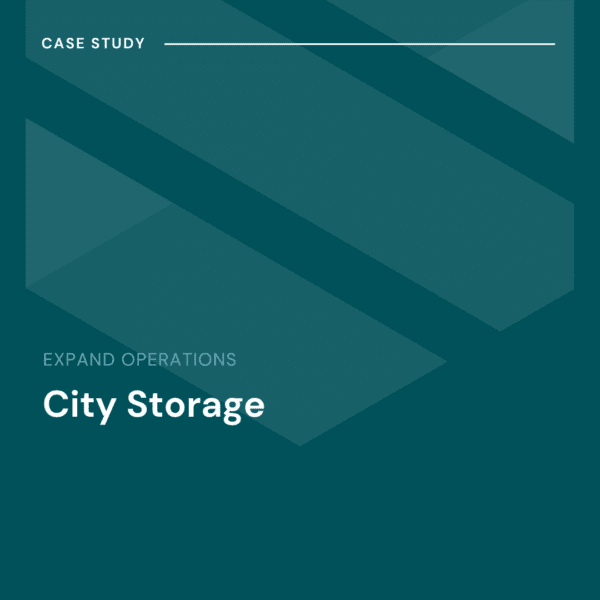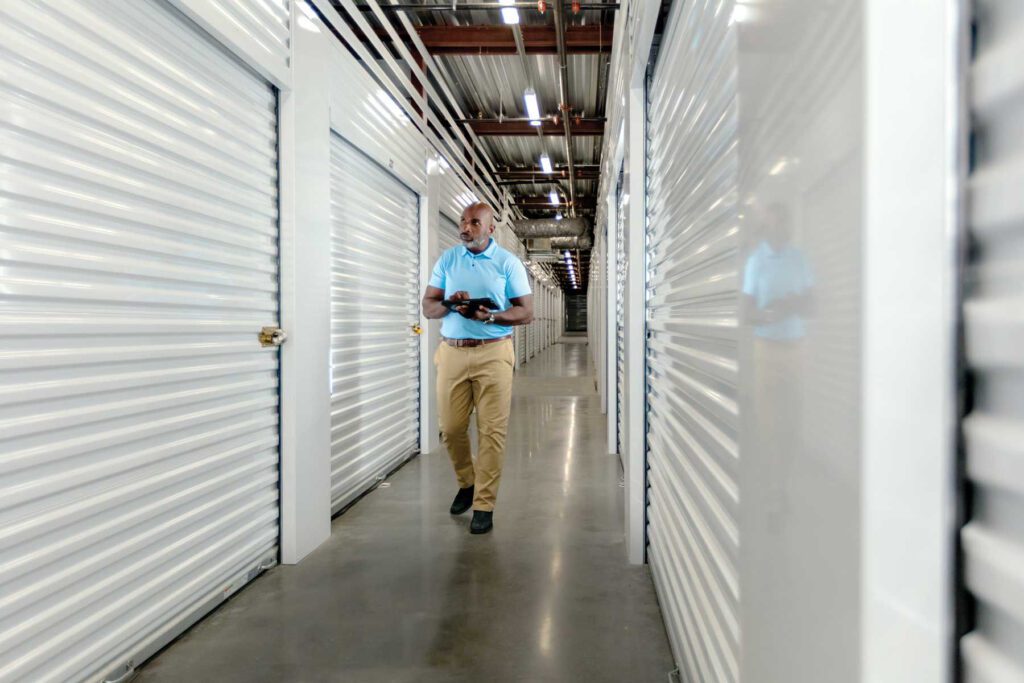Is running an unmanned self-storage facility right for you?
With the latest technology always evolving and the cost of labor recently on the rise, it has never been more cost-effective to run an unmanned self-storage facility operation.
Unmanned facilities offer a new type of storage experience for tenants, one that is increasingly embraced by tech-savvy customers. The number of people now shopping online and completing transactions is higher than ever before. Stay-at-home orders of the pandemic era only accelerated this already growing trend.
With a fully unmanned self-storage facility, these digitally inclined renters can find a storage unit online, pay online, get a gate code and move in using their cell phone and never once interact with another human being.
But operating unmanned facilities come with their own unique set of challenges, both from a marketing perspective and operationally. They also require an investment in technology to run the various functions expected of an automated self-storage facility.
What is an unmanned facility?
An unmanned self-storage facility uses a combination of different technologies to create an automated experience. Customers use their own mobile device or an on-site kiosk to complete the rental transaction, or they can use their desktop computer at home. The customer can instantly receive a gate code by text or email. Cloud-based video surveillance allows the management to keep an eye on things, just in case.
Unlike a traditional self-storage facility with an onsite manager, unmanned facilities often have no staff on the premises for most of the day, but they do require people. Staff may visit as needed to perform routine maintenance, clear out abandoned units and provide customer support upon request. A small staff can serve several storage facilities in an area, instead of an operator needing to fully staff multiple facilities.
Getting started with automation
Deciding whether to convert your self-storage facility into an unmanned operation is a big step, but not one you have to make all at once. Going completely unmanned will take a significant investment, but you can start at your own pace, adding each upgrade as you move towards a greater degree of automation.
Start small and iterate. You don’t have to change your self-storage facility into an automated operation overnight. Instead, start by adding one piece of the puzzle at a time. You can continue to automate your business gradually as you grow comfortable with new processes, or simply decide to partially automate parts of your business and continue to have a staff on-site.
https://www.storable.com/resources/learn/self-storage-automation-improves-self-storage-business/
Putting the pieces together
Whether you go fully unmanned or not, automation technologies make operating a self-storage facility more efficient and profitable. Here are some of the tools you need to get started on the path:
Software
Begin with facility management software. You’ll want a cloud-based solution that integrates with all of the other extensions you plan to work with later. Facility management software is the brains of an unmanned self-storage facility. Automated workflows trigger specific tasks or tenant communications via SMS. These workflows increase operational efficiency. Plus multiple storage locations can be managed in real-time from a remote location. These functions are key parts of an unmanned operation.
Websites
On the front end, unmanned facilities need a website that has the capability to handle online reservations and payments. The website also needs to provide a tenant portal where customers can manage their account. Using a platform that integrates with your facility management software allows for up-to-date inventory availability on your website, and is a must for successful unmanned operation. The website also must function just as good on a mobile device as it does on a computer browser.
One major benefit of operating an unmanned facility is the ability to stay open 24/7, without having to have any staff onsite. Unmanned facilities are able to serve those customers who are too busy during the day to get to a storage unit. According to data from storage marketplace SpareFoot, customers who reserve a unit during off-hours are more likely to complete the transaction if a facility offers the capability to complete a lease and move-in completely online.
https://www.storable.com/resources/learn/10-reasons-your-self-storage-facility-needs-a-marketing-website/
Access Control
In addition to software and online rentals through websites and marketplaces, the biggest step towards moving to an unmanned operation is upgrading your access control system. A software-based system that integrates with your facility management software is optimal for an unmanned operation. This way you’ll be able to deliver active gate codes to new tenants through text or email, and automatically lock tenants out of the facility if they are delinquent.
Going all the way
With the right pieces of technology in place, and a small staff to tend to maintenance and mishaps–most any self-storage facility can go from a traditionally staffed operation to a completely unmanned one. Or they can land somewhere in the middle for a while, using smart technology to expand their operating hours and increase operational efficiency while maintaining an onsite manager during the day.
Want to learn more about opening an unmanned self-storage facility?
See how you can do more with Storable.







